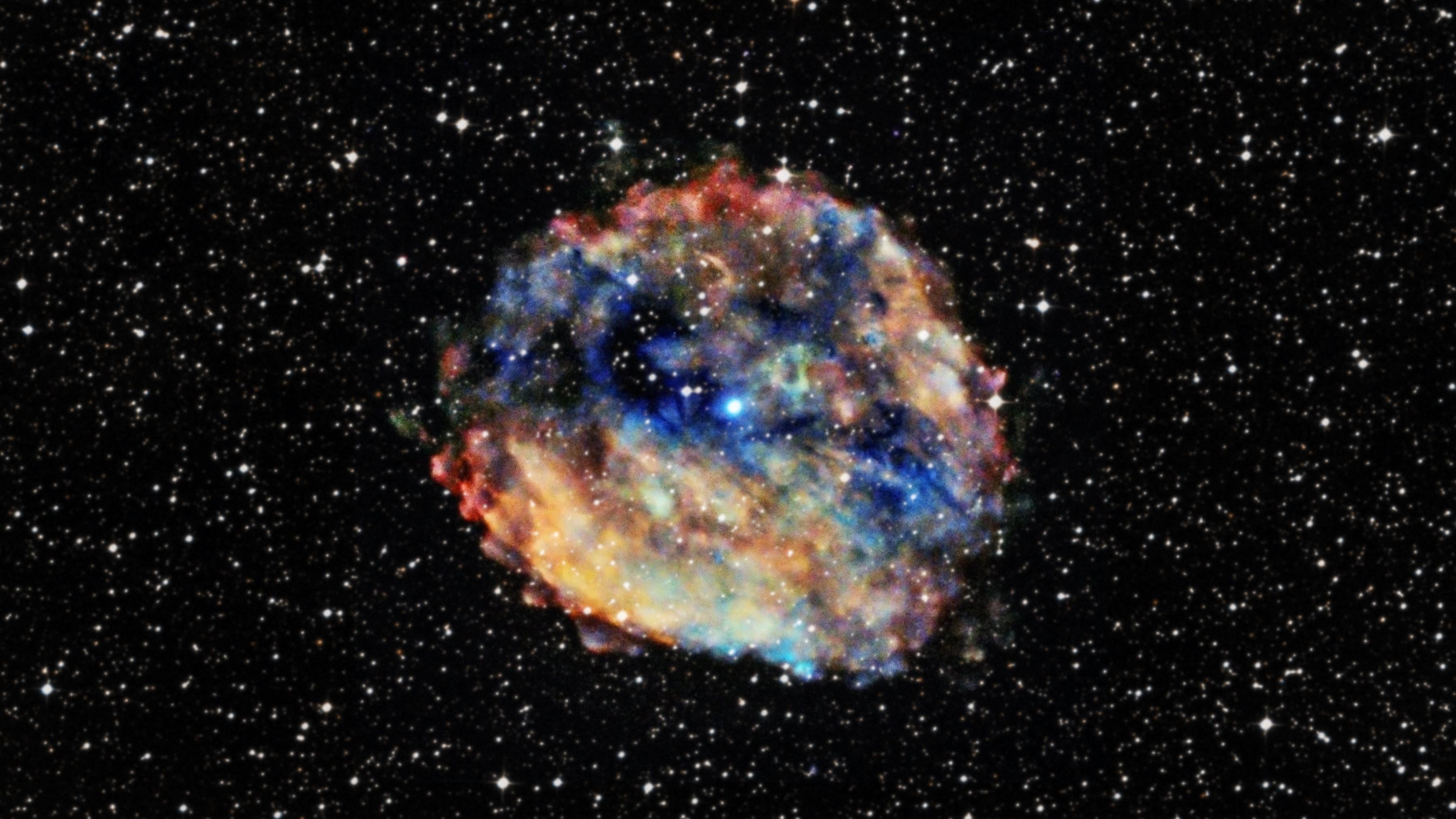A team of astronomers recently detected a fast radio burst that persists about 1,000 times longer than the average burst and has a clear periodic pattern. The radio burst is an eclectic new addition to the running list of mysterious radio signals that emanate from various sources across the universe.
Fast radio bursts are fleeting pulses of radio waves, the sources of which remain unknown. All known bursts came from beyond the Milky Way until 2020, when the CHIME radio telescope discovered a signal that seemed to come from our galactic neighbourhood.
The newly reported fast radio burst — detected in December 2019 and named FRB 20191221A — came from a source billions of light-years away and was also observed by CHIME. Unlike most fast radio bursts, which last a few milliseconds, the recent burst went on for a ponderous three seconds. A research team’s analysis of the signal was published this week in Nature.
“Not only was it very long … but there were periodic peaks that were remarkably precise, emitting every fraction of a second — boom, boom, boom — like a heartbeat,” said Daniele Michilli, an astrophysicist at MIT and a co-author of the study, in an institute release. “This is the first time the signal itself is periodic.”
Based on the burst’s periodicity, the researchers think it is coming from a distant neutron star. Neutron stars are the collapsed remnants of dead stars and are some of the densest objects in the universe.

Some rotating neutron stars have very strong magnetic fields and are called either pulsars or magnetars, depending on the intensity of those fields. As the stars rapidly spin, they emit electromagnetic radiation, which arrives on Earth in the form of radio waves.
Pulsars are useful for studying gravitational waves because their reliable light pulses come from their poles and can be timed with extreme precision. Scientists use the differences in pulsars’ timing to determine whether the fabric of spacetime has been warped.
Fast radio bursts are often chalked up to activity from these extreme objects. Though FRB 20191221A is not an exception to that rule, it is weird even by the standards of fast radio bursts because of its consistency.
“There are not many things in the universe that emit strictly periodic signals,” Michilli said. “Examples that we know of in our own galaxy are radio pulsars and magnetars, which rotate and produce a beamed emission similar to a lighthouse. And we think this new signal could be a magnetar or pulsar on steroids.”
With any luck, FRB 20191221A will remain more consistent than its enigmatic brethren. In October 2021, a different team of astronomers reported a radio signal that appeared to be corkscrewing to Earth from near the centre of the Milky Way — but when they trained more instruments at the source, it went silent.
David Kaplan, a co-author of that paper and an astrophysicist at the University of Wisconsin-Milwaukee, told Gizmodo at the time that sometimes magnetic fields can become tangled, causing an otherwise consistent pulse of radio signals to become intermittent or go silent altogether.
According to the MIT release, FRB 20191221A appears to be more than a million times brighter than radio emissions from pulsars and magnetars within the Milky Way. If the radio source continues to have outbursts, the team may be able to better understand the origins of the enigmatic bursts.
More: Strange Radio Signal From Galactic Centre Has Astronomers Flummoxed
